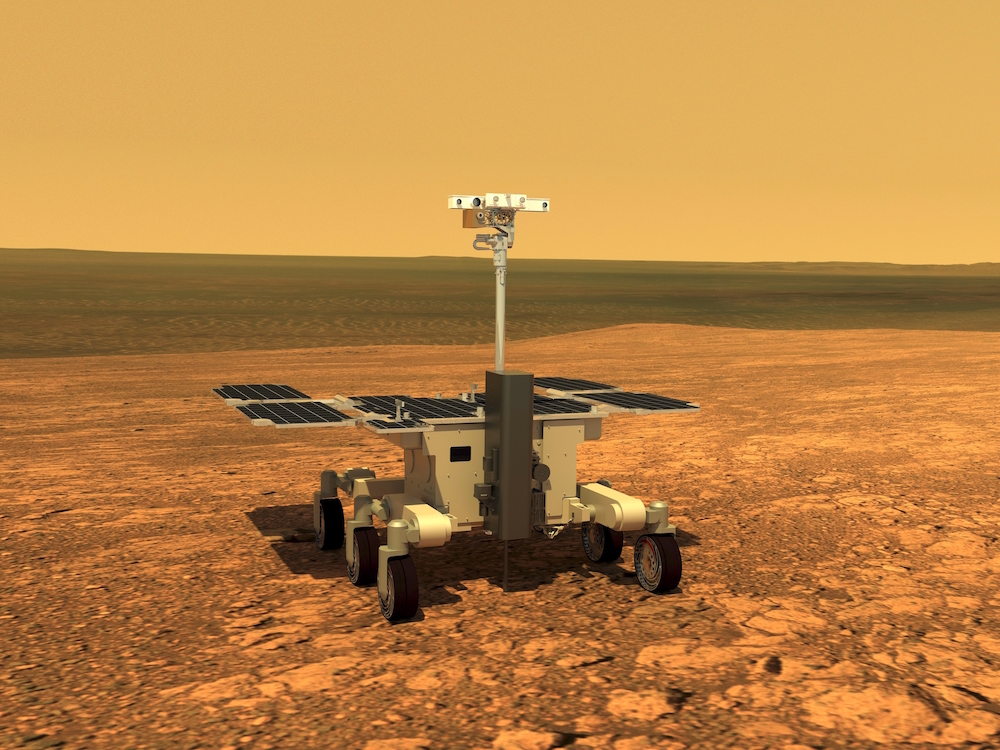AUPE1
The first iteration of AUPE featured Imaging Source firewire cameras and manually operated filter wheels. The cameras were interfaced directly to the control laptop and data was collected and saved manually.

AUPE1 was designed and assembled in approximately 6 weeks in preparation for AMASE 2009.

Following the 2009 AMASE campaign, AUPE was automated – motorised filter wheels, a motorised Pan-Tilt Unit and a server to interface the the cameras and motors with the control computer.

AUPE2
AUPE2 was built with better cameras, lenses and filters to overcome shortcomings with the AUPE1 system. The new cameras were Gigabit Ethernet providing better connectivity and have a higher dynamic range. The new lenses were achromatic through the visible and NIR range, providing sharply focused images with all filters. The new filter wheels were fitted with hard coated interference filter which provide higher transmission, better out of band blocking and less stray light in the images.


The laptop which acted as the server on AUPE1 was replaced with a compact FitPC. The FitPC, PTU control electronics and LiPO battery were contained in a Peli case.


AUPE3
Although the AUPE2 system was a vast improvement on the previous version, the control case was heavy and cumbersome and the PTU was underrated for the mass it was supporting. In preparation for the field trials planned as part of the UK Space Agency Aurora projects, AUPE was rebuilt again.
AUPE3 used the cameras and filter wheels from AUPE2. The PTU was replaced with a much more substantial model which also contained the control electronics in its base. The FitPC in the case and network switch on optical bench of AUPE 2 were replaced with a new FitLet PC which has 4x Gigabit Ethernet ports – this was mounted on the optical bench. The LiPo battery is now hung from the tripod and so the control case is no longer required.


